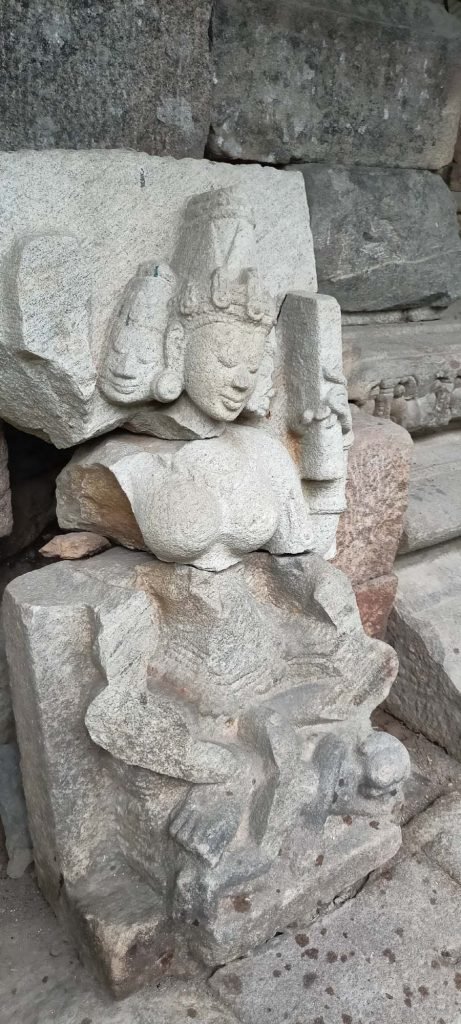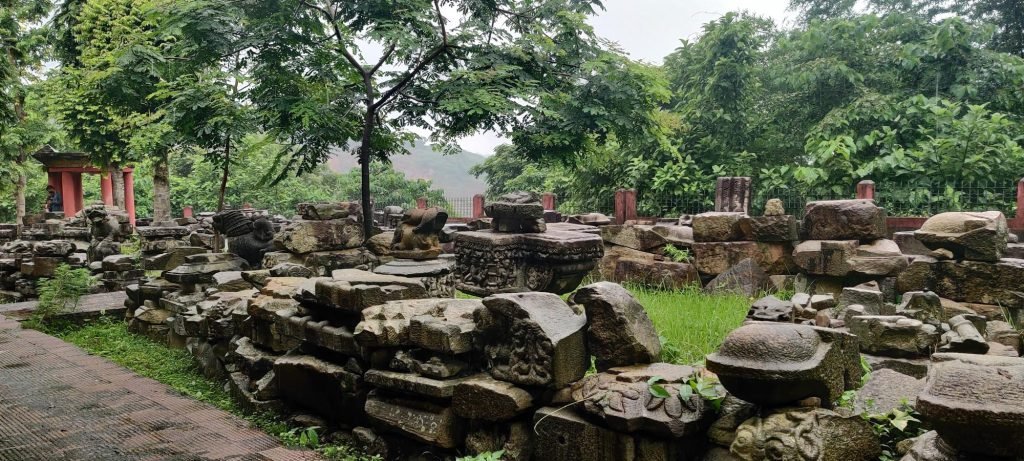Travelling around what once was ancient Kamrupa, without being navigated by a Google Map, is truly great fun. Abundantly blessed with archaeological sites, ancient Kamarupa lets you experience what is now loved as Slow Tourism—an engagement with local culture as you savour each moment along unknown paths.
The funda is simple—break the route into parts, climb off the car, ask for directions, and make a journey worth every second. So, after 50 km out of Guwahati (before reaching Rangia), cover 14 km of village road from Septi toBehbariin Kamrup District and find yourself at the Bhairabeswari Temple archaeological site. While there are no written historical records, oral traditions date it between the 10th and 11thCE. It is believed that that temple,which once lay on the eastern bank of River Puthimari, was unsurpedby the river over time—leaving its ruins lying scattered both inside the river (Harhariya Jan) and the temple’s surrounding area. Today, the site is a pretty one, with flocks of native and migratory birds populating the nearby pond and adding a beautiful dimension.
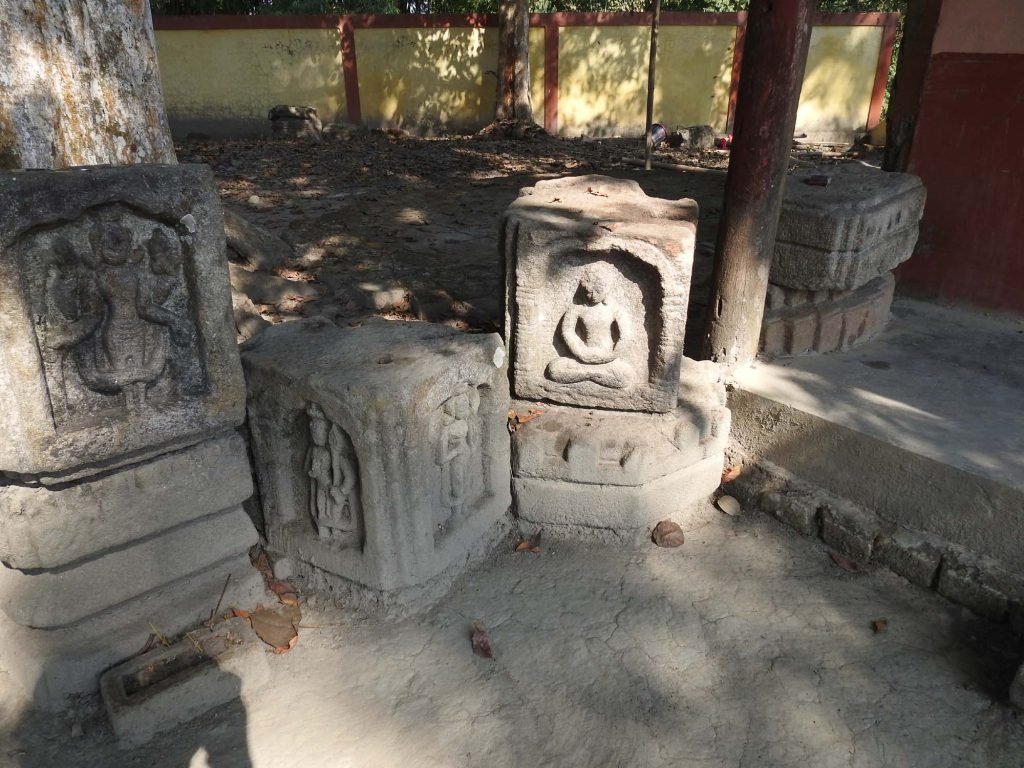
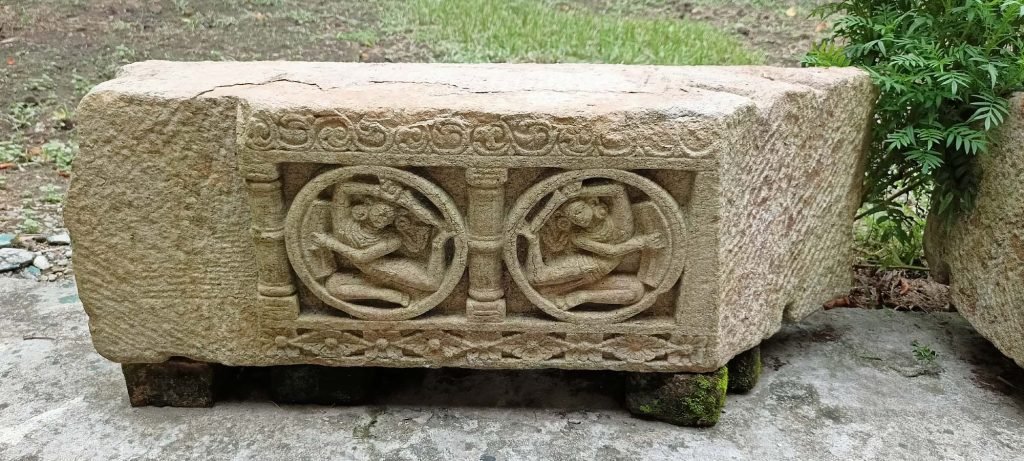
About 15 km ahead, you will reach the Pingaleshwararchaeological site, where Siva is worshipped as Pingaleshwar. It is said that Goddess Sati’s ‘pingala’,the yellowish part below the knee, fell off here whenSiva roamed around with his wife’s lifeless body on his shoulders. A stone temple, with sculptures that stylistically date between 10th and 11th CE, bears testimony. A site museum and a sculptural gallery also find pride place and the temple was once richly ornamented and is reflectedin the carvings in its adhisthana.

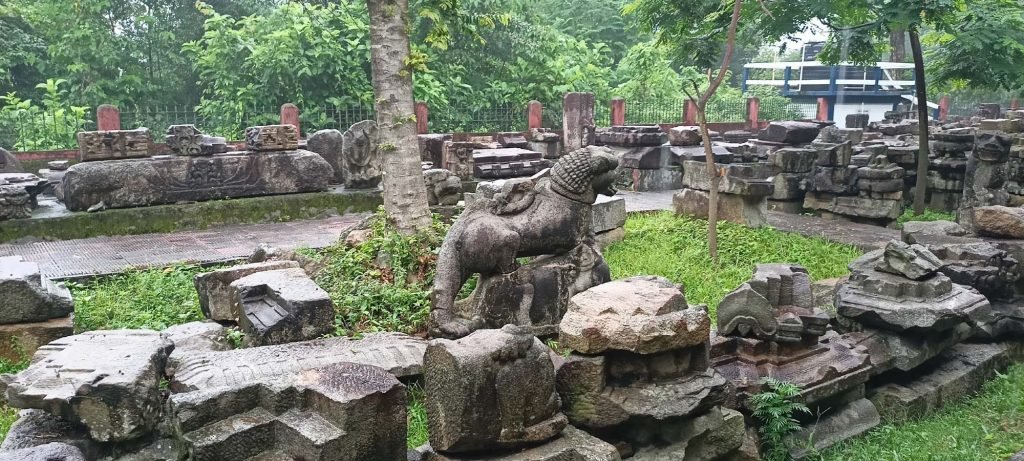
The famous and perhaps the finest medieval temple ever built in the Brahmaputra valley, the Madan Kamdevarchaeological site is also just 10 km away.A hillock scattered with griffins, nymphs, dancing fairies, gods and goddesses in cosmic evolution, the site also has walls, pillars, lintels and door frames, a six-headed Bhairava, four-headed Siva, demons, serpents, and men and women in every conceivable erotic posture.Dating to 10th-12th CE, when the Pala dynasty ruled Kamrupa,Madan Kamdevderives its name from Kama or Madan, who was reborn after being turned into ashes by an angry Siva here.
Archaeotourism in Assam is the solution for the conservation of historical sites.
